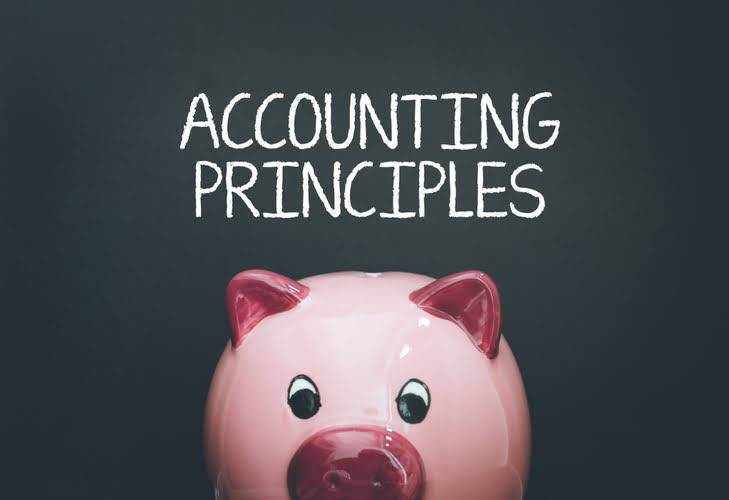This role is not just about overseeing product development but also about setting the vision for the product strategy and ensuring alignment with the overall business objectives. A head of product operations is ultimately responsible for all of the stages of product development. They’re the person who needs to make sure that all the right people are in place in the product development team — especially in Head of Product job leadership roles such as senior engineers or product managers. In companies where both roles exist, the VP of Product often holds a slightly higher position. The product roadmap must also align with marketing and sales strategies to ensure that product launches are successful and that revenue targets are met.
Build a Product Culture
This skill involves listening to them, understanding them, and improving customer experience. A Chief Product Officer (CPO) improves product experience by aligning with company objectives to effectively harness growth. Nurture your inner tech pro with personalized guidance from not one, but two industry experts. Product managers often find themselves distracted by requests Software engineering and demands from many sources.
The Day-to-Day Life of a Head of Product
A chief product officer must upskill to meet the various requirements of the team. Chief Product officers are those who look to align product features and activities with the overall objectives and goals of the company. A CPO needs to also look to align the business goals with customer needs through products. In addition, understanding what opportunities lie ahead in the business and tying them to the business strategy would build confidence in your leadership to consider you for the directorial role. Networking with other professionals and engaging in communities dedicated to product management can also enhance knowledge and reveal new opportunities for growth. Engaging in online forums or local meetups can foster relationships with peers who share similar https://wizardsdev.com/en/vacancy/senior-python-developer/ challenges and triumphs, creating a supportive environment for sharing best practices.
Product Leadership Training
The Head of Product is the person responsible for leading a product team and ensuring that the company’s product vision is executed effectively. Think of them as the glue that connects high-level strategy with hands-on execution. The CEO is the highest-ranking executive in a company, responsible for overall strategy, operations, and financial performance. A head of product is focused on a specific product or product line, developing its strategy, roadmap, and ensuring its success in the market. While it’s possible for a head of product to hold a VP title, it’s not always the case.
- Part of what’s difficult about this position is that it’s responsible for overseeing the entire product development process, from ideation to launch and beyond.
- While every organization has its own unique structure, generally in larger organizations the head of product sits in the middle of a hierarchy.
- This also includes hands-on experience with product lifecycle management, from conception through launch and beyond.
- The metrics you set can involve deadlines, development work, budget, or other objectives.
- One significant trend is the increasing reliance on data analytics and artificial intelligence in product decision-making.
As the Head of Product, you will be responsible for defining the product strategy and roadmap in collaboration with senior leaders and stakeholders. This includes conducting market research and analyzing industry trends to identify product opportunities and gaps. You will also create product specifications and requirements documents to guide the development process. A product director is essential for scaling a product and is visible at larger companies. First-level human resource management is distinct from managing only products. The product director oversees a team of PMs in charge of various features of a single, complex product.
Product Manager Job Description—Skills, Responsibilities, and More
They spend most of their time working on operational duties like building a strategic roadmap and ensuring the product team is effective. A chief product officer is the head of the organisational structure around products. From the director of product management to head of product analytics, all product strategy related positions report to the CPO.









